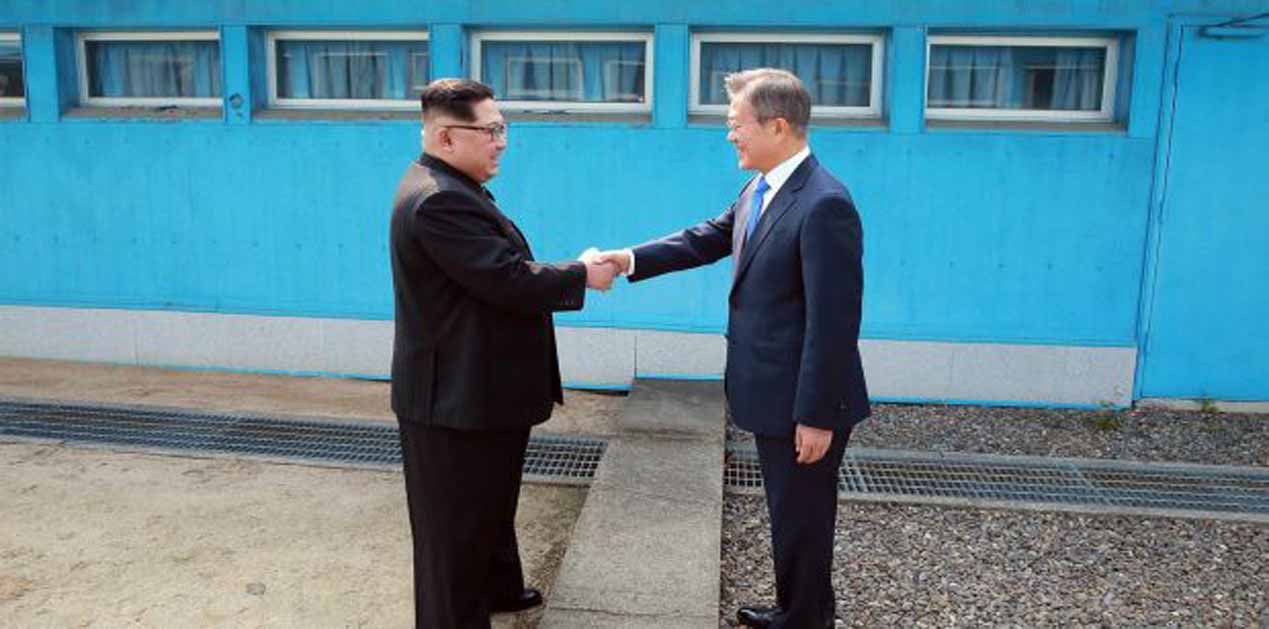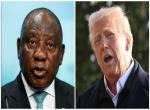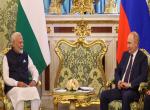On April 26 Kim Jong-un became the first North Korean Leader to step foot on South Korean soil since the Korean War in the 1950’s. The leaders agreed to actively pursue talks for declaring an official end to the Korean War. This declaration could dissolve the United Nations Command (UNC) created in 1950’s, and eventually lead to the withdrawal of US forces from Korea. Normalisation of relations between the two Koreas also promises to resolve the long-standing maritime dispute between the two countries. However, a breakdown of the current peace process could return the peninsula into throes of conflict.
A bilateral issue that has been the reason for recurrent conflagrations and fatal casualties is the Northern Limit Line (NLL). The NLL was drawn by the UNC after the truce in 1953 during the Armistice Agreement signed by both North Korea and the UNC. It ended the Korean War but specified a few islands that were within 12 nautical miles of North Korea to remain under the control of the UNC and South Korea. No agreement could be reached on maritime demarcation line, primarily because the UNC wanted the territorial waters to be drawn three nautical miles from the baseline, while North Korea wanted it at 12 nautical miles. Consequently, the NLL line was drawn unilaterally by the US-led UNC, which became a source of conflict between the two countries. North Korea doesn’t recognise the NLL and routinely exerts its rights with warships and fishing. Legally, NLL cannot be endorsed under the extant provisions of the UN Convention on the Law of the Sea (UNCLOS).
The Korean War had ended roughly where it started - near the 38th Parallel. According to the armistice agreed in August 1953, both sides withdrew their forces two kilometers from there to form a Demilitarised Zone (DMZ). But extending the DMZ into the Yellow Sea has been more challenging due to the serrated coastline and a sprawl of islands. However, South Korea has always regarded the NLL as a seaward extension of the DMZ and a de facto boundary between North and South Korea even though unjustified de jure.
North Korea’s claims to Exclusive Economic Zone (EEZ) around the South Korean Islands has become strong in the light of judgment by tribunals that have not upheld the ‘equitable principles’ for small islands that block access of large continental land mass to the sea. A case in point is the decision by International Court of Justice (ICJ) in 2009, regarding the maritime boundary between Ukraine and Romania in the Black Sea. The court granted a territorial sea enclave to Ukraine’s Serpents Island but did not consider it while drawing of the maritime boundary between the two states. A similar result was reached for drawing the maritime boundary between France and the UK in the 1970’s for two islands Jersey and Guernsey of the UK that are nestled next to the French coast. They were given territorial sea enclaves but were otherwise ignored in the delimitation.
In June 1999 and June 2002, clashes between North and South Korean warships erupted during the crab fishing season in June and July. Blue crabs are a delicacy and fetch a good price in the export market. The military confrontations between North and South Korea over the crabs have been violent along the NLL. On June 15, 1999, thirty North Korean sailors were killed. On June 29, 2002, a South Korean patrol boat was sunk by North Korea which killed five South Korean sailors and a North Korean vessel was set aflame. On November 10, 2009, in an incident known as the Battle of Deacheong, naval vessels from both sides exchanged fire, which reportedly damaged a North Korean patrol ship. In retaliation, North Korea sank a 1,200-ton South Korean corvette Cheonan on March 26, 2010, resulting in the deaths of 46 sailors. It is believed that the ship was sunk by a torpedo launched by a midget submarine.

Due to the public sentiments involved, it is hard for any political leader to make territorial concessions, especially when they have already resulted in fatal casualties and impinge upon the livelihood of the citizens. South Korea has legitimate concerns on overfishing of crabs that could damage future harvests and make it unsustainable. Thus, an agreement on crab fishing needs to be arrived at through negotiations as it has forced the two Koreas to war on multiple occasions, a testimony of how blue economy can incite war between two nations.
The current rapprochement between North and South Korea provides hope for resolution of the maritime dispute. There are three options available. Firstly, maritime delimitation in accordance with precedence set by judgements in the past, but this would mean that South Korea has to cede some waters. Secondly, the contested area could also be declared as a marine protected area, however, this would impact on the livelihood of fishermen. Thirdly, the area could be declared as a neutral zone, but it will require concessions from North Korea. Out of the three, the first option is legally supportable and a permanent solution.
(The paper does not necessarily represent the organisational stance. The author certifies that the article/paper is original in content, unpublished and it has not been submitted for publication/web upload elsewhere, and that the facts and figures quoted are duly referenced, as needed, and are believed to be correct).
(The paper does not necessarily represent the organisational stance... More >>
Image Source: https://www.irishtimes.com/polopoly_fs/1.3478006.1525009880!/image/image.jpg_gen/derivatives/box_620_330/image.jpg











Post new comment